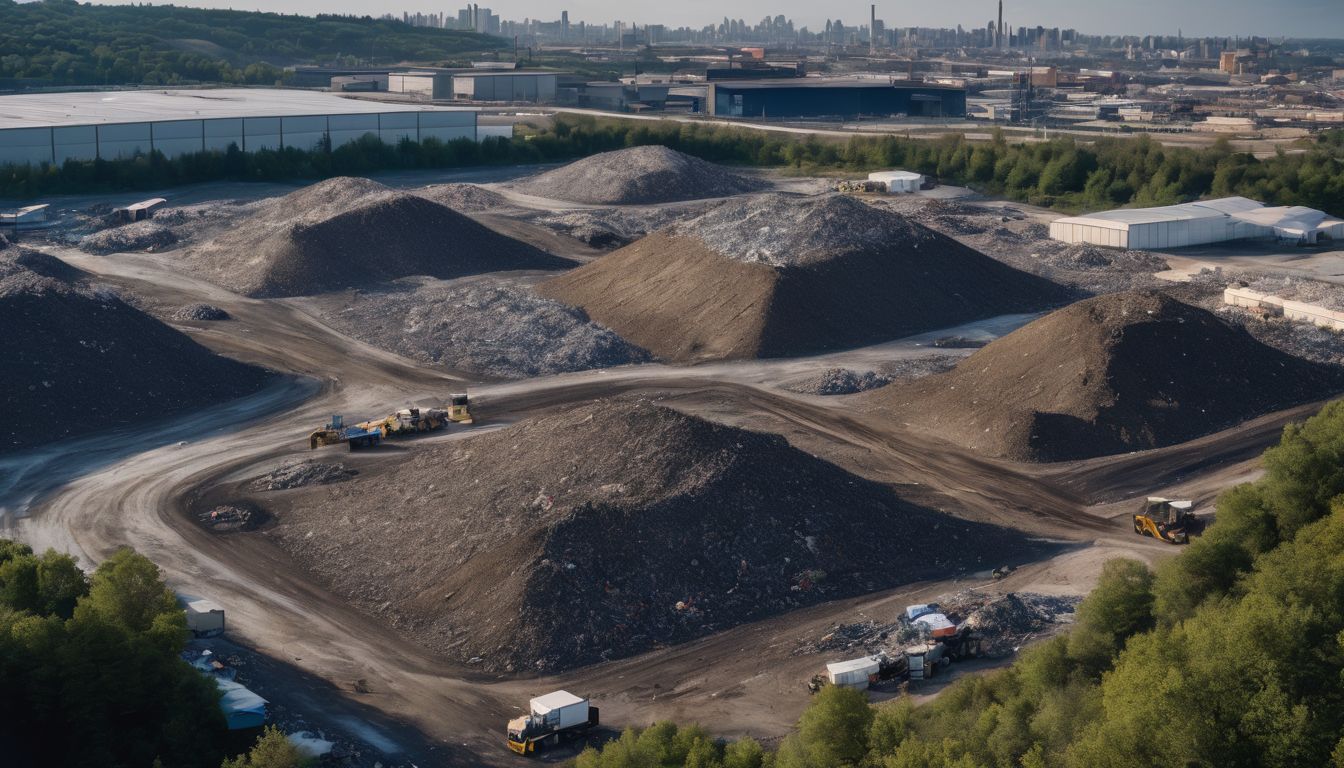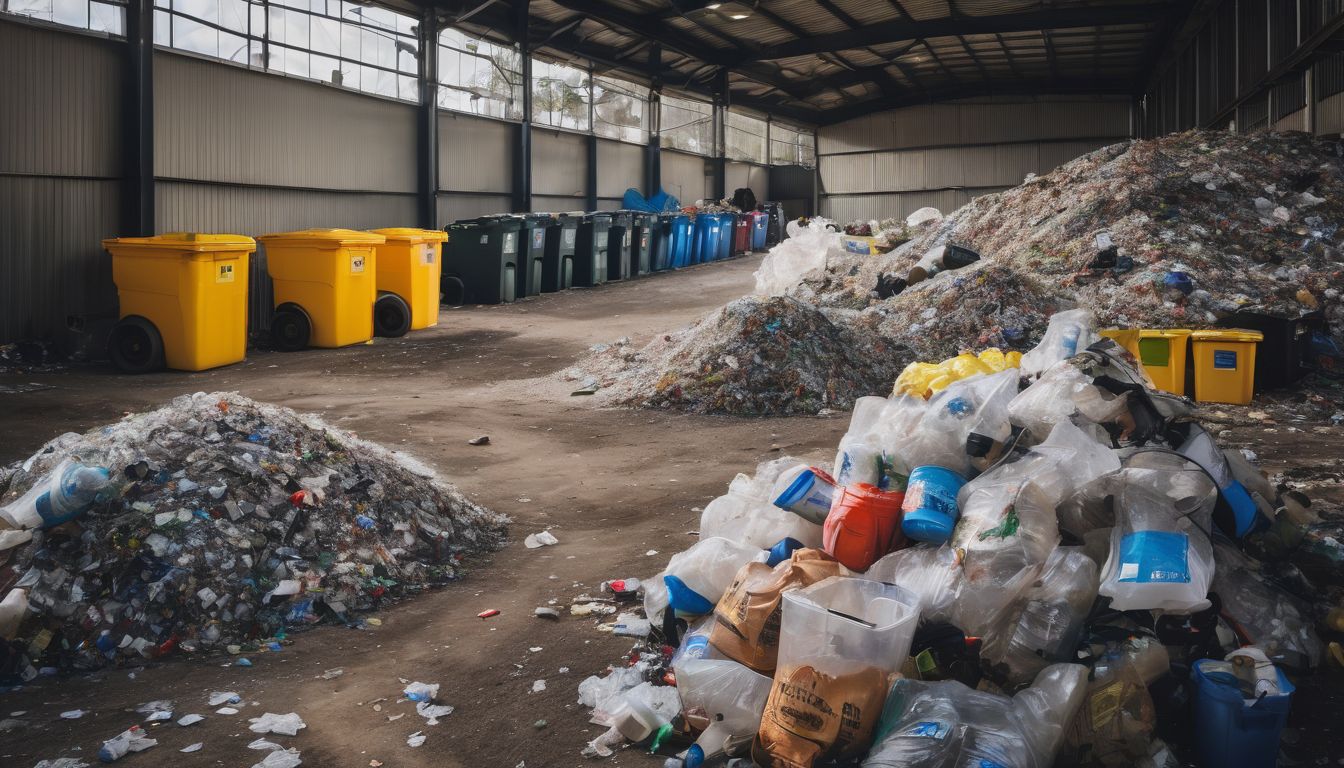The amount of waste our country produces is outstanding. We are accumulating, on average, 2 to 5 lbs of waste per person per day. Fortunately, recycling is on the rise. Our country recycles 32% of its waste, compared to only 5% in 1970. At this point, our country harbors 9,700 curbside recycling programs and about 12,000 drop-off centers across the country, making recycling inaccessible to only 16% of Americans. By recovering valuable materials from our waste stream – aluminum, steel, plastic, paper, glass, compost, and many more – recycling substantially reduces the carbon emissions associated with raw material extraction and product manufacture, avoids the emissions associated with landfilling or combusting carbon-based wastes, and conserves our natural resources for future generations.
Benefits
A summary of benefits released by the U.S. Environmental Protection Agency (EPA) include :
• Recycling protects and expands U.S. manufacturing jobs and increases U.S. competitiveness.
• Recycling reduces the need for landfilling and incineration.
• Recycling prevents pollution caused by the manufacturing of products from virgin materials.
• Recycling saves energy.
• Recycling decreases emissions of greenhouse gases that contribute to global climate change.
• Recycling conserves natural resources such as timber, water, and minerals.
• Recycling helps sustain the environment for future generations.
Cost: Variable
The cost of recycling varies depending on your local recycling program. On average, though, it has been estimated that a well-run curbside recycling program can cost anywhere from $50 to more than $150 per ton while trash collection and disposal programs can cost anywhere from $70 to more than $200 per ton. Again, it depends on where you live, whether you have curbside programs or drop-off centers, etc. The environmental benefits, however, tend to out weigh the cost factors.
Time and Effort: Moderate
If you currently do not have a recycling system set-up for your household, the initial time and effort will be higher. Once you have a system in place, the time and effort is very minimal! You can see the home recycling station for more information.
Getting Started
Because recycling programs vary greatly on where you live, you will first need to research your local recycling regulations. Below is a table including U.S. EPA resources, given by the, for identifying where and how to recycle in your area:
http://www.epa.gov/reg5rcra/wptdiv/solidwaste/
| EPA Region | STATES/LOCATIONS SERVED | RECYCLING RESOURCE |
| Region 1: New England | Connecticut, Maine, Massachusetts, New Hampshire, Rhode Island, Vermont, & 10 Tribal Nations | http://www.epa.gov/region1/ topics/waste/swaste.html |
| Region 2: Northeast | New Jersey, New York, Puerto Rico, US Virgin Islands and 8 Tribal Nations | http://www.epa.gov/region2/ |
| Region 3: Mid-Atlantic | Delaware, District of Columbia, Maryland, Pennsylvania, Virginia, and West Virginia | http://www.epa.gov/reg3wcmd/ solidwasterecycling.htm |
| Region 4: Southeast | Alabama, Florida, Georgia, Kentucky, Mississippi, North Carolina, South Carolina, Tennessee and 6 Tribes | http://www.epa.gov/aboutepa/region4.html |
| Region 5: Midwest (Part I) | Illinois, Indiana, Michigan, Minnesota, Ohio, Wisconsin and 35 Tribes | http://www.epa.gov/reg5rcra/wptdiv/solidwaste/ |
| Region 6: Southwest | Louisiana, Arkansas, Oklahoma, New Mexico, Texas and 65 Tribes | http://www.epa.gov/region6/ 6pd/pd-u-sw/inhswm.htm |
| Region 7: Midwest (Part II) | Iowa, Kansas, Missouri, Nebraska and 9 Tribal Nations | http://www.epa.gov/region07/waste/ solidwaste/recycling_overview.htm |
| Region 8: Mountains and Plains | Colorado, Montana, North Dakota, South Dakota, Utah, Wyoming and 27 Tribal Nations | http://www.epa.gov/region8/ recycling/rcraswaste.html |
| Region 9: Pacific Southwest | Arizona, California, Hawaii, Nevada, the Pacific Islands, and 140 Tribal Nations | http://www.epa.gov/region09/ |
| Region 10: Pacific Northwest | Alaska, Idaho, Oregon, Washington and 270 Native Tribes | http://yosemite.epa.gov/R10/ |
If you are still unable to find your local recycling programs Earth 911 allows you to enter exactly WHAT you want to recycle and WHERE to recycle it by zip code.
After identifying your local recycling regulations, print them out and post them in a place for reference, your refrigerator is always a good bet! You are now ready to set-up an at-home recycling station! Check out our Greeniacs Guide “Set Up a Home Recycling Station” for all the necessary information to continue your journey!




